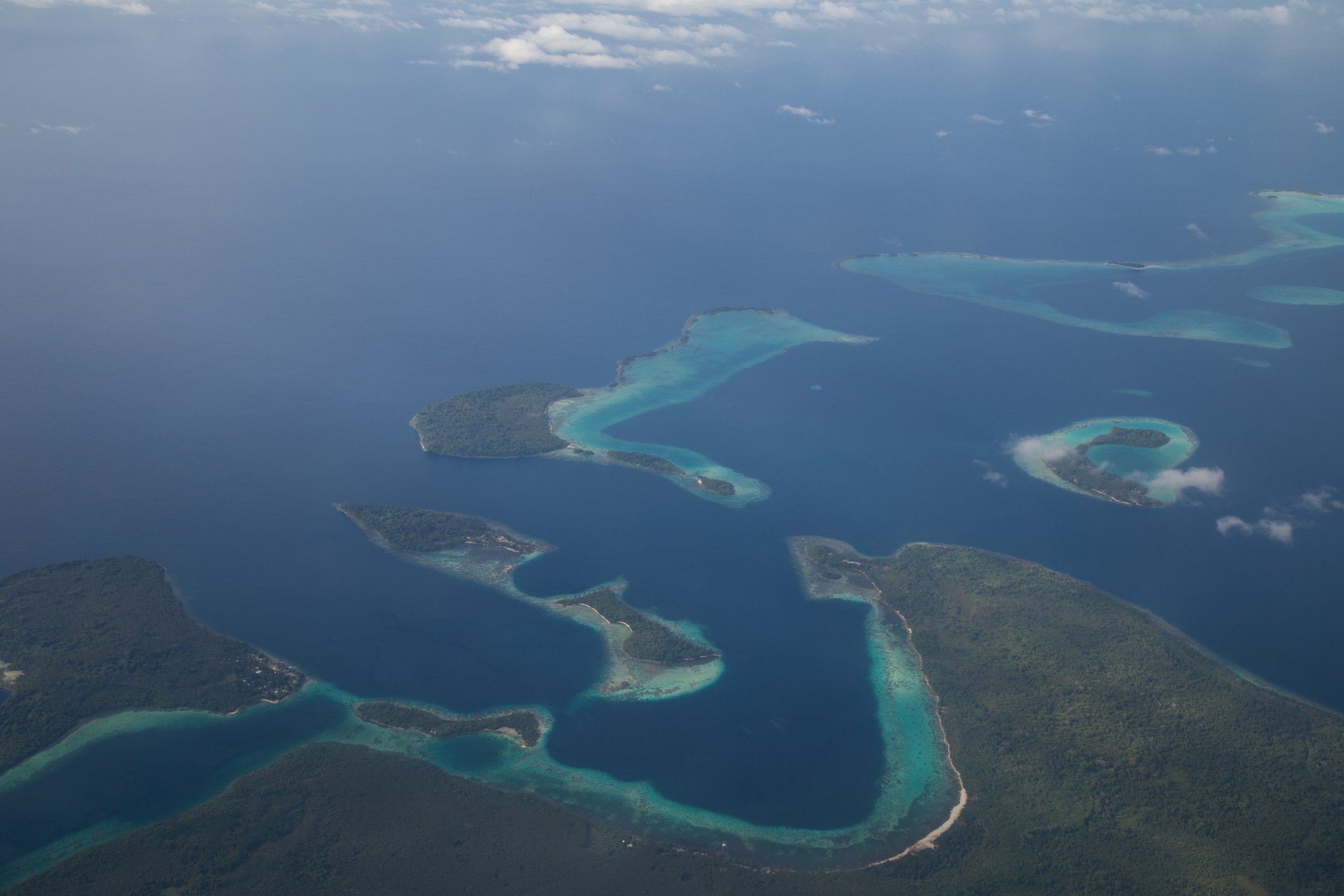A study recently published in the scientific journal Earth and Planetary Science Letters revealed an unprecedented concept in volcanology: term mid-ocean plate superstructure (WHO). According to the authors, the OMS is “a volcanic structure built by multiple pulses of volcanism resulting from different geodynamic factors.”
Unlike the large igneous provinces (LIPs) that dominate most studies, OMSs form a different type of geological structure not only because of their size but also because of the way they form. Unlike LIPs that result from a single major volcanism event, WHOs arise as a result of multiple such events over time.
To illustrate the new concept, the researchers looked at the Melanesian Boundary Plateau (MBP), a submarine plateau located east of the Solomon Islands in the Pacific Ocean that consists of 320 kilometers of continuous igneous rock and continues to expand to the present day. It was formed during the Cretaceous period between 145 and 66 million years ago.
Study of the Melanesian Plateau in the Pacific Ocean
One of the aims of the new study “Constructing a comprehensive volcanic history of the MBP” It begins when dinosaurs roamed the planet. According to the authors, these features were formed over tens of millions of years through four different pulses of volcanism, each with different causes.
According to the research, the sections are as follows:
- “Louisville hotspot-associated volcanism” that may have formed the Robbie Ridge structure in the MBP approximately 120 million years ago;
- “Building of oceanic islands and seamounts during the Eocene when the lithosphere passed through the Rurutu-Arago hotspot”;
- “Reactivation of previous oceanic islands/seamounts and construction of new volcanoes in the Miocene when the lithosphere passed through the Samoa hotspot”;
- 24 million to 5 million years ago from the Miocene to modern volcanism“under the influence of lithospheric deformation” as the Pacific plate moves downward towards the Tonga Trench.
A volcanic story

To reconstruct the volcanic history that formed the present-day MBP between deep depressions and submerged plateaus, researchers worked with previously published data on the chemical composition (isotope variations and other forms of geochemistry) of rocks and minerals.
The aim was to model the evolution of the entire crust after repeated exposure to the high temperatures of volcanic plumes in the mantle. Now, the team of researchers from the University of Maryland and California State University, both in the US, will look for new samples of OMS by testing new submerged mountains in the mid-Pacific.
Did you like the content? Stay up to date with more topics like this on TecMundo and take the opportunity to find out if blue lava exists.
Source: Tec Mundo
I’m Blaine Morgan, an experienced journalist and writer with over 8 years of experience in the tech industry. My expertise lies in writing about technology news and trends, covering everything from cutting-edge gadgets to emerging software developments. I’ve written for several leading publications including Gadget Onus where I am an author.













